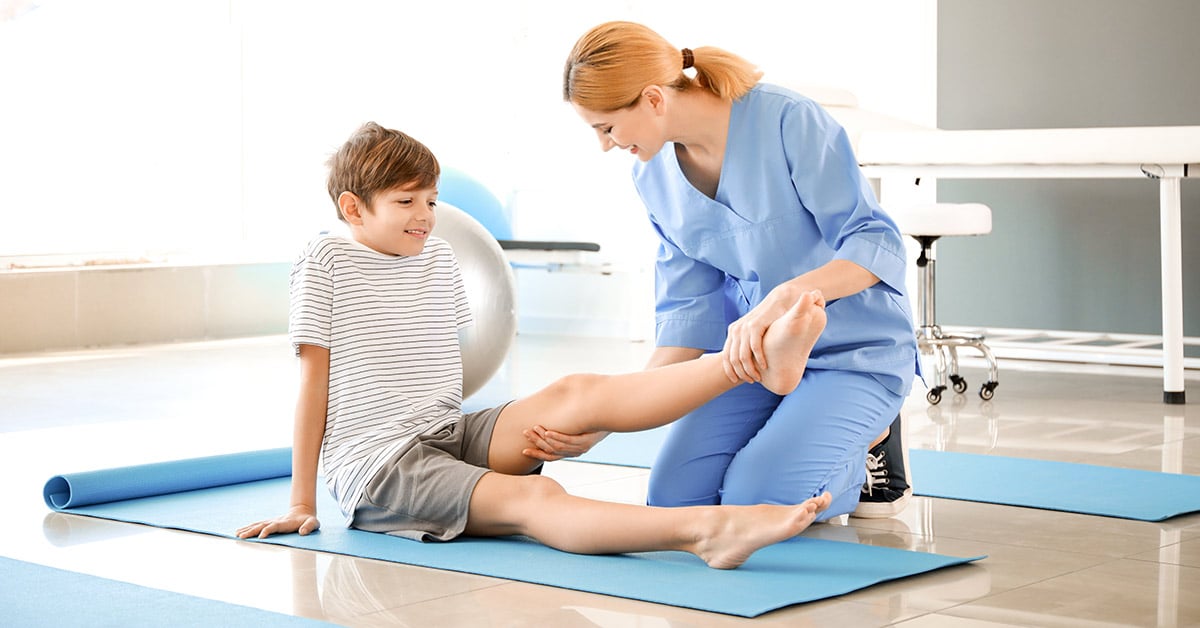Applying the Benefits of Physical Training to Alleviate Complications and Enhance Standard of Life in People with Ongoing Pulmonary Illnesses
Persistent respiratory diseases, like reactive airway disease and long-lasting obstructive lung disease (COPD), impact millions of individuals across the globe. These issues can make it hard for patients to breathe, leading to a decrease in exercise and total quality of life. However, research has shown that undertaking regular exercise can significantly reduce symptoms of these disorders. Movement helps improve the breathing muscles, optimize lung function, and increase overall stamina. By including movement into their everyday schedules, people with chronic breathing disorders can enjoy better health and increased well-being.

One method that exercise benefits those with persistent respiratory conditions is by strengthening lung function. When individuals participate in exercise, their pulmonary system work harder to provide Oâ‚‚ to the organism. This can lead to greater respiratory capacity and efficiency over time. Forms of physical activity such as brisk walking, lap swimming, or biking can be particularly advantageous. They enable individuals to incrementally improve their stamina without overwhelming their systems. As a result, patients may find they can complete everyday tasks with greater ease and undergo reduced occurrences of shortness of breath.
Moreover|Additionally|Furthermore, physical activity can have favorable impacts on mental health as well. Long-term pulmonary diseases often bring symptoms of worry and despondency due to ongoing conditions. Regular exercise promotes the secretion of neurochemicals, which are chemicals in the central nervous system that help enhance mental well-being and alleviate stress. Joining classes or organized programs can also offer social support and diminish perceptions of loneliness. This social connection can motivate people to stay active while also enhancing their emotional well-being.
In addition to view it now physiological and mental health advantages, movement can lead to enhanced management of manifestations associated with persistent respiratory diseases. For instance|For example|Specifically, people who engage in consistent movement may experience reduced episodes and reduced intensity of manifestations like persistent cough and respiratory wheeze. It is important for those with these diseases to work with healthcare professionals before beginning an physical routine. A doctor or physiotherapist can support them in selecting suitable exercises that meet their specific requirements and constraints.
Finally|In conclusion|Ultimately, integrating physical activity into everyday routines does not have to be intimidating or daunting. Modest more helpful info changes, such as opting for stairs instead of the elevator, going for a walk during break times, or engaging in yoga programs, can make a significant difference over time. Establishing realistic targets and incrementally increasing physical activity can help individuals to remain engaged and attain enduring results. With dedication and the right assistance, individuals with long-term pulmonary conditions can leverage the potential of exercise to alleviate their manifestations and enhance their daily living.